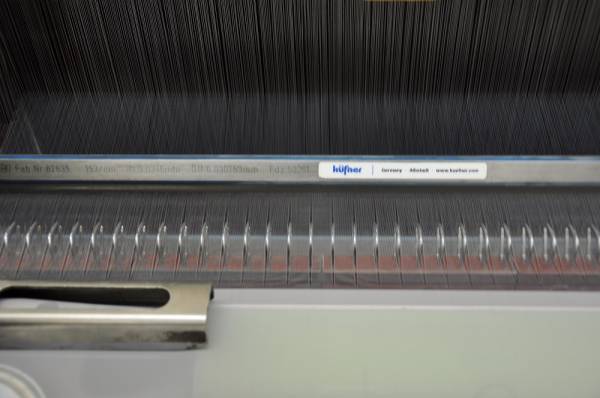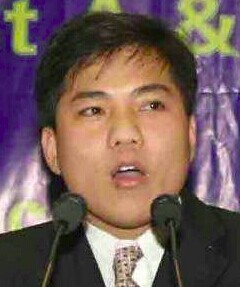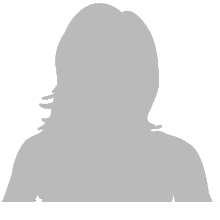Company Blog
Products for Filtration, Separation, Sifting and Printing
Screen Printing Techniques
- Font size: Larger Smaller
- Hits: 7621
- Subscribe to this entry
- Bookmark

A screen is made of a piece of porous, finely woven fabric called mesh stretched over a frame of aluminum or wood. Originally human hair then silk was woven into screen mesh, currently most mesh is made of man made materials such as steel, nylon, and polyester. Areas of the screen are blocked off with a non-permeable material to form a stencil, which is a negative of the image to be printed; that is, the open spaces are where the ink will appear.
The screen is placed atop a substrate such as papyrus or fabric. Ink is placed on top of the screen, and a fill bar (also known as a floodbar) is used to fill the mesh openings with ink. The operator begins with the fill bar at the rear of the screen and behind a reservoir of ink. The operator lifts the screen to prevent contact with the substrate and then using a slight amount of downward force pulls the fill bar to the front of the screen. This effectively fills the mesh openings with ink and moves the ink reservoir to the front of the screen. The operator then uses a squeegee (rubber blade) to move the mesh down to the substrate and pushes the squeegee to the rear of the screen. The ink that is in the mesh opening is pumped or squeezed by capillary action to the substrate in a controlled and prescribed amount, i.e. the wet ink deposit is equal to the thickness of the mesh and or stencil. As the squeegee moves toward the rear of the screen the tension of the mesh pulls the mesh up away from the substrate (called snap-off) leaving the ink upon the substrate surface.
There are three types of screenprinting presses. The 'flat-bed' (probably the most widely used), 'cylinder', and 'rotary'.
Textile items are printed in multi-color designs using a wet on wet technique, while graphic items are allowed to dry between colors that are then printed with another screen and often in a different color.
The screen can be re-used after cleaning. However if the design is no longer needed, then the screen can be "reclaimed", that is cleared of all emulsion and used again. The reclaiming process involves removing the ink from the screen then spraying on stencil remover to remove all emulsion. Stencil removers come in the form of liquids, gels, or powders. The powdered types have to be mixed with water before use, and so can be considered to belong to the liquid category. After applying the stencil remover the emulsion must be washed out using a pressure washer.
Most screens are ready for recoating at this stage, but sometimes screens will have to undergo a further step in the reclaiming process called dehazing. This additional step removes haze or "ghost images" left behind in the screen once the emulsion has been removed. Ghost images tend to faintly outline the open areas of previous stencils, hence the name. They are the result of ink residue trapped in the mesh, often in the knuckles of the mesh, those points where threads overlap.
While the public thinks of garments in conjunction with screenprinting, the technique is used on tens of thousands of items, decals, clock and watch faces, and many more products. The technique has even been adapted for more advanced uses, such as laying down conductors and resistors in multi-layer circuits using thin ceramic layers as the substrate.
Last modified on




